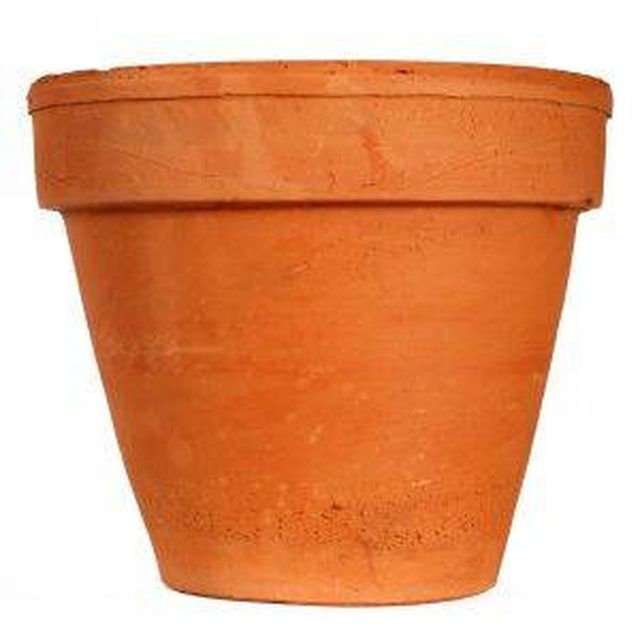Bulbs
Flower Basics
Flower Beds & Specialty Gardens
Flower Garden
Garden Furniture
Garden Gnomes
Garden Seeds
Garden Sheds
Garden Statues
Garden Tools & Supplies
Gardening Basics
Green & Organic
Groundcovers & Vines
Growing Annuals
Growing Basil
Growing Beans
Growing Berries
Growing Blueberries
Growing Cactus
Growing Corn
Growing Cotton
Growing Edibles
Growing Flowers
Growing Garlic
Growing Grapes
Growing Grass
Growing Herbs
Growing Jasmine
Growing Mint
Growing Mushrooms
Orchids
Growing Peanuts
Growing Perennials
Growing Plants
Growing Rosemary
Growing Roses
Growing Strawberries
Growing Sunflowers
Growing Thyme
Growing Tomatoes
Growing Tulips
Growing Vegetables
Herb Basics
Herb Garden
Indoor Growing
Landscaping Basics
Landscaping Patios
Landscaping Plants
Landscaping Shrubs
Landscaping Trees
Landscaping Walks & Pathways
Lawn Basics
Lawn Maintenance
Lawn Mowers
Lawn Ornaments
Lawn Planting
Lawn Tools
Outdoor Growing
Overall Landscape Planning
Pests, Weeds & Problems
Plant Basics
Rock Garden
Rose Garden
Shrubs
Soil
Specialty Gardens
Trees
Vegetable Garden
Yard Maintenance
How to Paint Plastic Plant Pots
How to Paint Plastic Plant Pots. Plant pots usually come in pale greens and earthen browns and can be aesthetically unappealing. Grime and mold can also take hold on a plastic plant pot and make it even less attractive. Luckily, it's very easy to clean and paint plastic plant pots. Using only a few materials from around the house, you can give your...

Plant pots usually come in pale greens and earthen browns and can be aesthetically unappealing. Grime and mold can also take hold on a plastic plant pot and make it even less attractive. Luckily, it's very easy to clean and paint plastic plant pots. Using only a few materials from around the house, you can give your plastic plant pots a new, revitalized look to complement your home or garden.
Things You'll Need
Steel Wool
Dish Soap
Sponge
Alcohol
Newspaper
Cinder Block
Spray Paint
Squirt several drops of dish soap onto the plant pot. Place the pot under a sink, and run a small amount of water over the soap. Gently rub the plant pot with steel wool until all dirt and grime is removed.
Pour a generous amount of alcohol onto the sponge. Wipe the surface area of the plant pot to remove any oils or dirt that may remain. Allow the pot to dry for several minutes.
Take the pot into a well-ventilated room with a temperature of 60 degrees to 85 degrees. Warmer temperatures encourage the paint to dry faster. Cover the immediate area with newspaper.
Place the pot on top of a cinder block so the entire surface area can be painted in one session. Shake the can of spray paint for several minutes to completely mix the contents.
Hold the can 8 to 12 inches away from the pot and begin spraying using fast, sweeping motions. Spray the inner rim of the pot, ensuring the paint goes deeper than the soil line. Allow to dry for 15 to 20 minutes, or until the paint is no longer sticky.
Tips & Warnings
If the pot is already completely clean, the first step can be bypassed.
Try painting a practice plant pot first to ensure the color and look are desirable.
Always paint in well-ventilated locations. Paint fumes can be noxious and should never be inhaled.